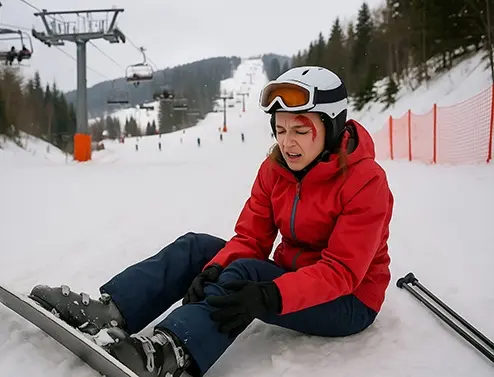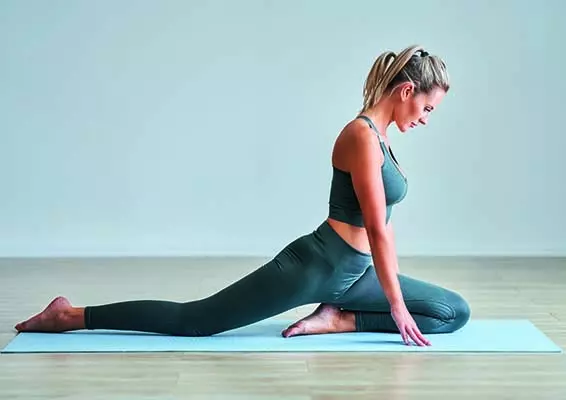Motivation
Illness description
Rheumatoid arthritis (RA) is an autoimmune disease which affects about 0,5% of world population. It attacks various joints in the body, typically wrists and knuckles but also knees and feet, and leads to fatigue and ache in the muscles. Further symptoms include swelling, stiffness of the joints, loss of motion and strength and in serious cases joint deformities (fig. 11). The illness complicates daily tasks and can lead to difficulties with employment, psychical discomfort, as well as lower life expectancy on account of further complications such as an accelerated atherosclerosis [1–4]. A typical patient newly diagnosed with RA is a woman in her forties to fifties. Women have a two to four times higher risk of being affected compared to men due to the female sex hormones and their effect on the immune system [5].
In rheumatoid arthritis white blood cells attack the synovial membrane (fig. 10), a sac which protects a joint and produces a fluid which oils it. The joint becomes inflamed and swelled. Increased blood flow makes the joint warm. The inflammatory cells cause osteoclast generation which erodes the cartilage and bone of the joint leading to its weakening and destruction [1, 2, 4]. The illness affects both sides of the body symmetrically and becomes less aggressive with time [2]. The RA diagnosis is carried out with a rheumatoid factor or sed rate blood test, CRP test or imaging using X-rays, ultrasound or MRI [2, 4].
The therapy focuses on early intervention with the aim of preventing disability and irreversible damage, thus retaining life as normal as possible [2, 6]. Besides anti-rheumatic drugs (DMARDs), medications reducing the cardiovascular risk (statins), injection of radioactive particles (Radiosynovectomy) and surgical treatment, the common therapy method is physical therapy [7, 8].
Physical therapy exercises
Rheumatoid arthritis physical therapy includes cold/heat applications, electrical stimulation and hydrotherapy. Rehabilitation can be carried out using joint protection strategies, massages and exercises accompanied by patient education [6].
The exercises focus on improving the mobility and strength of the hand and its joints. Whereas some aim to maintain or increase the range of motion (ROM), others strengthen the muscles to provide greater joint support, reducing load and stress on them. Physical exercises also help reduce bone loss caused by inflammation, inactivity and drugs [9, 10]. A crucial aspect of a successful therapy is that the patient develops habits and exercises on a regular daily basis [2, 12]. However, this can be a big challenge because the activities are often dull, repetitive and boring. The patient rapidly looses m...








